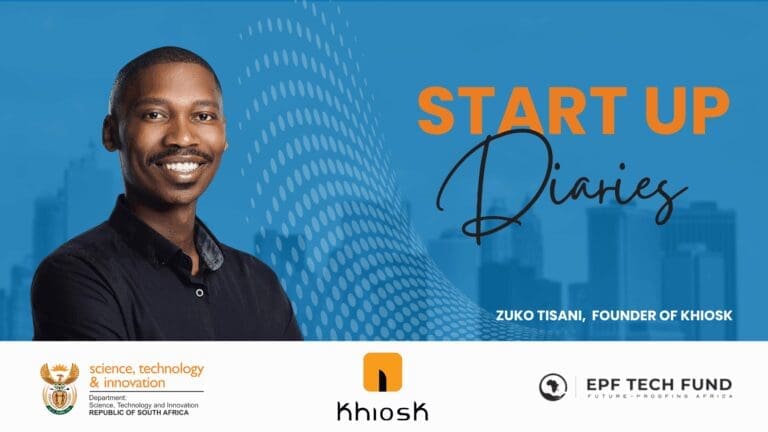A new South African platform is reshaping how creators earn and how consumers shop. Zuko Tisani, founder of Khiosk, is redefining the video commerce landscape, merging storytelling, culture, and technology to empower creators and brands with a new kind of digital influence.
“South Africa and the world is full of incredible storytellers,” says Tisani. “Khiosk gives them, and brands, the ability to instantly convert storytelling into sales through technology.”
At its heart, Khiosk tackles two major challenges: helping young South Africans generate income from their creativity, and providing brands with a cost-effective, performance-driven way to boost sales. With youth unemployment remaining one of the country’s most pressing issues, Khiosk is creating a bridge between creativity and commerce, enabling anyone with a phone and a story to become both a creator and a seller.
Unlike traditional e-commerce, Khiosk doesn’t dictate the kind of content users must produce. Whether it’s a skit, tutorial, music performance, or personal story, creators enjoy full freedom.
“We wanted connection to come first,” Tisani explains. “When audiences are engaged, inspired, or entertained, the purchase decision happens naturally.”
This open and creative model is what makes Khiosk distinctly African, celebrating the continent’s storytelling spirit, humour, and authenticity.
Khiosk was intentionally designed to remove traditional barriers to selling online.
“You don’t need a website, a payment processor, or minimum stock quantities,” says Tisani. “We handle everything, from product tagging to checkout so creators can focus purely on their content.”
Creators can even tag brands without formal partnerships, a move that democratizes influence and opens the creator economy to everyone, not just established influencers.
For brands, Khiosk offers unmatched Return on Advertising Spend (ROAS) by making every video directly shoppable. Unlike traditional ads, every sale on Khiosk is traceable to a specific video, offering real-time transparency and measurable impact.
Of course, building such a dynamic platform has come with challenges. Tisani reflects candidly on the hurdles: re-engineering the upload process to be more user-friendly, refining the design to resonate with younger audiences, and securing funding for a nationwide rollout.
“Teaching users about fulfillment and building trust around payments were big learning curves,” he admits. “But the traction from one campaign that rapidly grew our audience reminded me why we started.”
To maintain that momentum, Khiosk is planning a university roadshow and a series of educational videos to guide users through the journey from creating a video to making their first sale.
Looking ahead, the Khiosk team is developing AI-driven features that could revolutionize content creation.
“We want users to be able to transform an image and text prompt into a shoppable video,” says Tisani.
Ultimately, Khiosk’s mission is rooted in purpose:
“We want South Africans to buy local to shop from stories that reflect who we are,” Tisani concludes.

